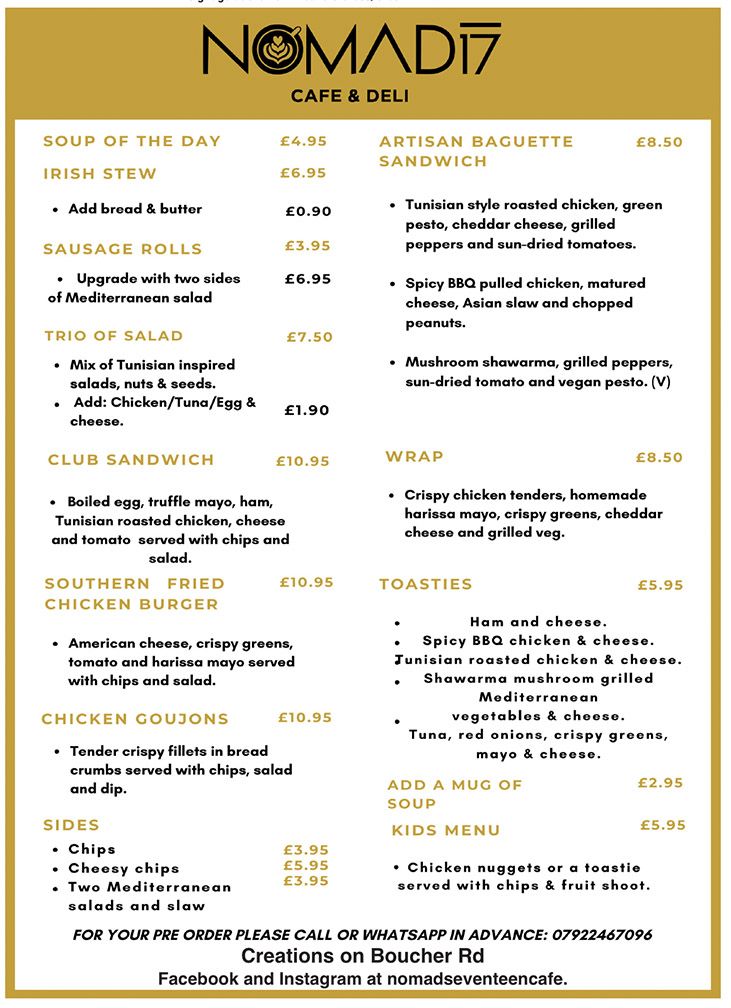Patrick (Paddy) Elliman was the oldest of the four people who were killed during the Falls Curfew in July 1970.
The 62-year-old father of four was fatally wounded after being shot in the head by soldiers near his Marchioness Street home.
At around 11pm on the 3rd July the district was quiet and Patrick, dressed in his shirt, trousers and house slippers, took a walk to the corner of the street to get some fresh air. He was joined at the corner by his brother James, who lived on the same street.
‘Sergeant R’ and ‘Soldier D’ of the Royal Regiment of Fusiliers were crouching behind a barricade nearby on the Cullingtree Road. ‘Sergeant R’ fired three rounds in the direction of Partick and James, one of which hit Patrick in the head. He was carried back to his home and from there to the RVH.
50 years since the Falls curfew.
— Cllr Daniel baker (@danielbakersf) June 11, 2020
Decades of state brutality was used to restore the status quo of a failed state.
The status quo was discrimination and oppression.
Plastic and live rounds used, but we resisted.
We lived it.
We understand it.
It hurts to watch. #solidarity ✊ pic.twitter.com/88xZLNKCKM
The ambulance journey should have taken only a few minutes to travel the short distance, but they were stopped four times en-route by British troops and it was over half an hour before they reached the hospital.

FIRST VICTIM: Patrick Elliman
Patrick Elliman died in the RVH on July 11th and is buried in Milltown Cemetery.
As young man Patrick worked as boot repairer having left school aged 15. He also worked in a wine store to supplement his meagre earnings.
Although small in stature, he was physically strong. A keen sportsman, Patrick had lined out as goalkeeper for the Antrim hurling team for nine consecutive years.
The outbreak of World War Two brought him work in construction and demolition and, following the war, he gained employment with the railway and later at the Belfast docks.
By the late 1960s Patrick had been made redundant and, with most of his children having emigrated to New Zealand, he moved in with his sister Kathleen at 12 Marchioness Street.
In July 1970, neither Patrick, nor his sister realised the significance of the curfew that had been imposed on the district by the British Army. The curfew lasted 36 hours between July 3rd and 5th and saw the entire Falls district locked down while British soldiers ransacked homes in the area.
As well as the four civilians killed, of which Patrick was one, a further 78 people were wounded and 337 arrested. Eighteen soldiers were also wounded in battles with local youths and the Offical and Provisional IRA.
On July 5th, the curfew was brought to an end when thousands of women and children from Andersonstown marched into the curfew zone with food and other supplies.
The life and death of Patrick Elliman and the events of the curfew are to be commemorated during a series of online events held by the Falls Commemorative Committee between July 2 and 5.
While the 50th anniversary occurs this year, no one has ever been been held to account for the death of Patrick Elliman or any other civilian murdered during the curfew.
Speaking ahead of the anniversary, Patrick’s Great Nephew, Pól Wilson said: “I think the commemoration is very important and I think that whole period of curfew tends to be really overlooked.
“When you look back on the situation as it was then, the curfew was one of the defining moments that sparked the whole conflict that followed.
“The army had arrived in August ’69 and there was that ‘honeymoon period’ as some people called it, but eight or nine months later, July 1970, the army had turned on the people who they were supposedly sent here to protect. The rest, as the they say, is history.”
The Falls Curfew,
— The Workers' Party (@workersparty) June 13, 2020
July 3rd – July 5th 1970
We WILL remember!
Full details of our online commemoration will follow. pic.twitter.com/LGNq6aNeql






